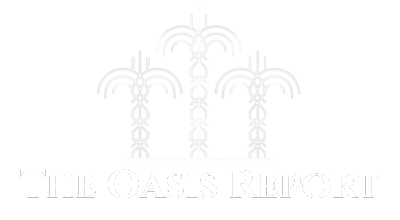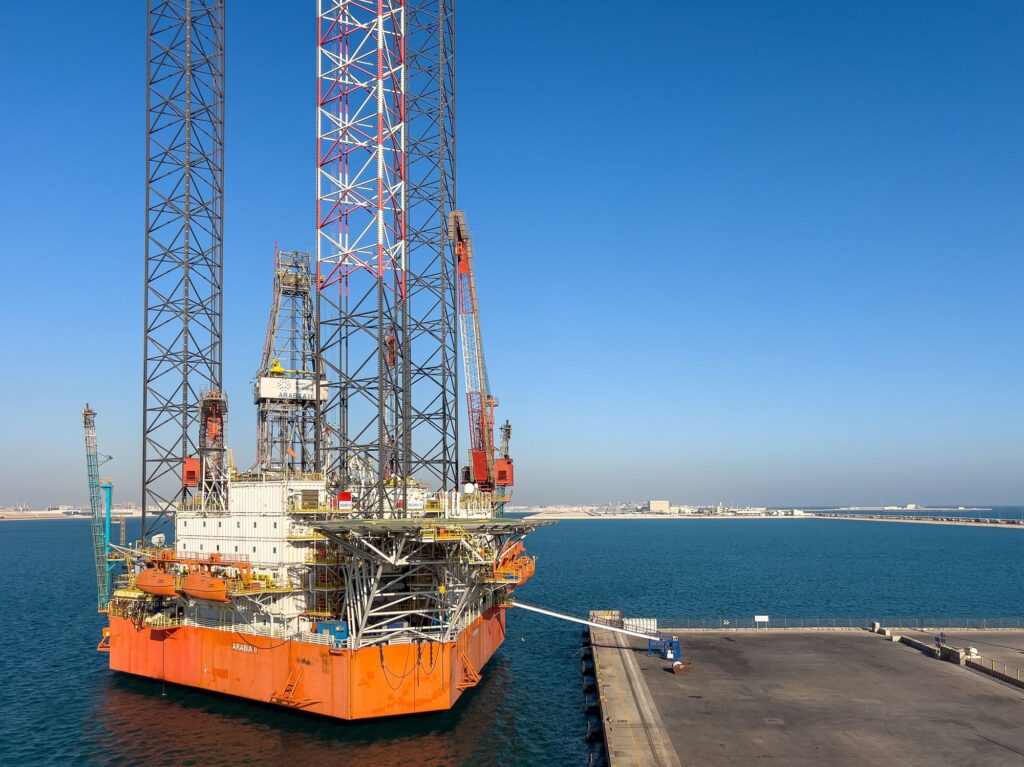IMF urges spending cuts
Debt-to-GDP at 130%
Bahrain’s current account surplus narrowed last year on the back of lower oil revenue and higher external debt servicing, a ministry of finance report shows.
The update may add to concerns around Bahrain’s fiscal challenges.
A country’s current account balance is a record of its transactions with the rest of the world. Bahrain, the Gulf’s most indebted economy, posted a decline of almost 16 percent in its surplus to BD858 million ($2.3 billion) last year, compared with the year before, according to the annual report.
The surplus was equivalent to almost 5 percent of nominal GDP, a decline over the previous year.
The contraction highlights broader structural challenges for Bahrain, the Gulf’s smallest oil producer.
Last week, the International Monetary Fund urged Bahrain to cut spending and take measures to increase revenue.
“It’s a no brainer,” Jihad Azour, the IMF’s director for the Middle East and Central Asia, said in an interview with AGBI in Dubai. “They need to consolidate; they cannot avoid consolidation.”
Azour, a former Lebanese finance minister, urged Bahrain to reduce public debt and take steps to accelerate economic growth.
According to the ministry data, Bahrain’s real GDP grew 2.6 percent in 2024, driven by a 3.8 percent increase in non-oil activity.
The economy is expected to expand 2.7 percent in 2025, bolstered by the launch of the Bapco Modernisation Program, a flagship upgrade to the national refinery that will raise processing capacity from 267,000 to 380,000 barrels per day, the ministry said.
Growth is forecast to accelerate to 3.3 percent in 2026, with the non-oil sector expanding by almost 4 percent.
Debt, however, remains a concern. Bahrain’s debt-to-GDP ratio stands at around 130 percent, more than triple that of Oman, the second most indebted Gulf state.
Last month, S&P Global Ratings revised its outlook on Bahrain’s B+ credit rating – already below investment grade – to negative, citing a debt burden “higher than anticipated in recent years”.



